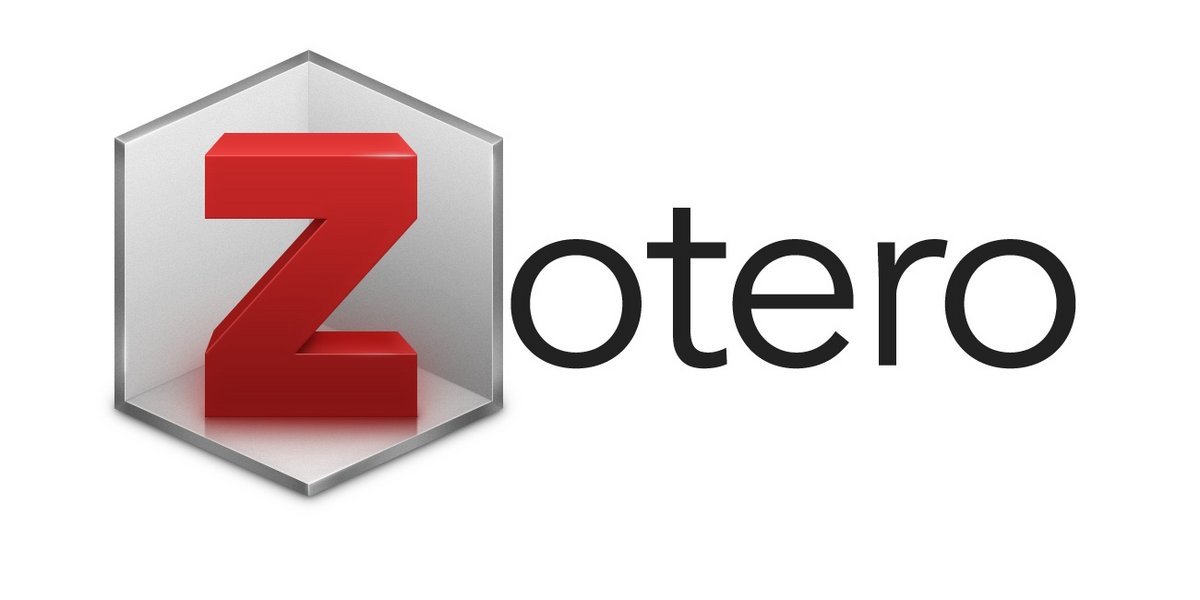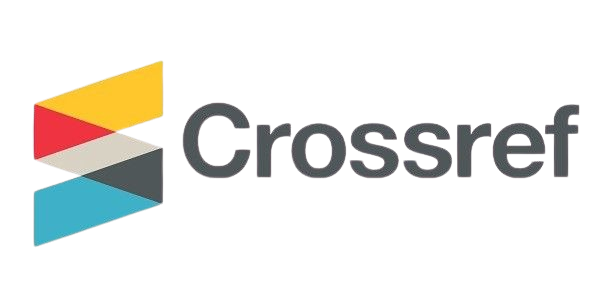Penerapan Model Group Investigation (GI) dalam Meningkatkan Hasil Belajar Pendidikan Agama Islam
Implementation of the Group Investigation (GI) Model to Enhance Islamic Religious Education Learning Outcomes
DOI:
https://doi.org/10.70757/kharismatik.v2i1.18Keywords:
active student engagement, Classroom Action Research (CAR), cooperative learning model, Group Investigation (GI), Islamic Education (PAI) learning outcomesAbstract
This study examines the low learning outcomes in Islamic Education (PAI) among 11th-grade Science 1 students at SMA Negeri 1 Cidahu, caused by conventional, non-interactive teaching methods that reduce motivation and engagement. Many students fail to meet the Minimum Competency Standards (KKM) due to passive learning. To address this, the research evaluates the effectiveness of the Group Investigation (GI) cooperative learning model in improving student participation and understanding, particularly on the topic "Spirit of Worship by Believing in the Day of Judgment." Using Classroom Action Research (CAR) over two cycles with 36 students, data was collected through observations, tests, interviews, and documentation, then analyzed descriptively and statistically. Results show that GI significantly boosts active participation and comprehension, with a marked increase in students achieving KKM. The study concludes that GI is an effective alternative for enhancing PAI learning quality, promoting engagement, and improving outcomes at the secondary level.
References
Ajepri, F., Vienti, O., & Rusmiyati, R. (2022). Strategi Kepala Sekolah Dalam Meningkatkan Kinerja Guru. MindSet: Jurnal Manajemen Pendidikan Islam, 1(2), 130–149. https://doi.org/10.58561/mindset.v1i2.53
Anas, A. (2022). Sumber daya manusia Indonesia di era globalisasi. Jurnal Ilmiah Promis, 3(2), 110-130. https://ejournal.stitmuhbangil.ac.id/index.php/jie/article/view/45/24
Anggorowati, N. P. (2011). Penerapan model pembelajaran tutor sebaya pada mata pelajaran sosiologi. Komunitas, 3(1). https://doi.org/10.15294/komunitas.v3i1.2303
Arihi, O. S. (2012). Analisi Penerapan Pendekatan, Metode, Strategi, dan Model-Model Pembelajaran. Multi Presindo.
Aryanto, H., Azizah, M. D., Nuraini, V. A., & Sagita, L. (2021). Inovasi tujuan pendidikan di Indonesia. JIRA: Jurnal Inovasi Dan Riset Akademik, 2(10), 1430-1440. https://doi.org/10.47387/jira.v2i10.231
Darajat, Z. (2005). Ilmu Agama Jiwaa. Bulan Bintang.
Darmadi. (2017). Pengembangan Model dan Metode Pembelajaran dalam Dinamika Belajar Siswa. Pustaka Pelajar.
Fahrullisa, R., Putra, F. G., & Supriadi, N. (2018). Pengaruh Model Pembelajaran Kooperatif Tipe Think Pair Share (TPS) berbantuan Pendekatan Investigasi terhadap Kemampuan Komunikasi Matematis. Numerical: Jurnal Matematika Dan Pendidikan Matematika, 2(2), 79–86. https://doi.org/10.25217/numerical.v2i2.213
Farid, M., & Nugraha, M. S. (2024). Planning the Development of Competencies to Enhance the Professionalism of Educators in Islamic Religious Educational Institutions. al-fikrah: Jurnal Manajemen Pendidikan, 12(2), 214-230.
Hamdani. (2011). Strategi Belajar Mengajar. CV Pustaka Setia.
Hamzah B. Uno. (2019). Model Pembelajaran menciptakan Proses Belajar Mengajar yang Kreatif dan Efektif. Bumi Aksara.
Hidayat, T. (2019). Konsep Dasar Evaluasi dan Implikasinya Dalam Evaluasi pembelajaran Pendidikan Islam di Sekolah. Jurnal Pendidikan Islam, 10(1). https://dx.doi.org/10.24042/atjpi.v10i1.3729
Isjoni. (2013). Pembelajaran Kooperatif Meningkatkan Kecerdasan Komunikasi Antar Peserta Didik. Pustaka Pelajar.
Maryati, W. (2012). Peran perguruan tinggi dalam pemberdayaan entrepreneurship untuk mengembangkan wirausahawan kecil menghadapi persaingan global. Prosiding Seminas Competitive Advantage, 1(2). https://journal.unipdu.ac.id/index.php/seminas/article/view/144
Mirdad, J. (2020). Model-model pembelajaran (empat rumpun model pembelajaran). Jurnal sakinah, 2(1), 14-23. https://doi.org/10.2564/js.v2i1.17
Nasution, T. (2018). Membangun kemandirian siswa melalui pendidikan karakter. Ijtimaiyah: Jurnal Pendidikan Dan Ilmu Sosial, 2(1). http://repository.uinsu.ac.id/id/eprint/10684
Pratama, N. Y. P., Isa, S. F. P., & Yunita, S. (2022). Analisis penyebab rendahnya relevansi pendidikan dengan tuntutan masyarakat. Jurnal Pendidikan Tambusai, 6(2), 9752-9759. http://download.garuda.kemdikbud.go.id/article.php?article=3467862&val=13365&title=Analisis%20Penyebab%20Rendahnya%20Relevansi%20Pendidikan%20dengan%20Tuntutan%20Masyarakat
Primayana, K. H. (2020). Perencanaan Pembelajaran Pendidikan Anak Usia Dini Dalam Menghadapi Tantangan Revolusi Industri 4.0. In Prosiding Seminar Nasional Dharma Acarya (Vol. 1, No. 3, pp. 321-328). https://jurnal.stahnmpukuturan.ac.id/index.php/dharmaacarya/article/view/428
Purwanto. (2009). Evaluasi Hasil Belajar. Pustaka Pelajar.
Purwanto, N. (1998). Psikologi Pendidikan. Remaja Rosdakarya.
Robert E Slavin. (2005). Cooperative Learning Teori, Riset, dan Praktik.
Rochmah, E. Y. (2016). Mengembangkan karakter tanggung jawab pada pembelajar (Perspektif psikologi barat dan psikologi Islam). AL-MURABBI: Jurnal Studi Kependidikan dan Keislaman, 3(1), 36-54. http://ejournal.kopertais4.or.id/mataraman/index.php/murabbi/article/download/1700/1256
Rusman. (2011). Model-model Pembelajaran: Mengembangkan Profesionalisme Guru. Jakarta.
Salsabila, U. H., Saputri, R. M., Nursusanti, D. N., Setianto, E., & Sabhara, H. (2021). Kedudukan Teknologi Pendidikan Islam di Era Globalisasi. NUSANTARA, 3(3), 402-416. Retrieved from https://ejournal.stitpn.ac.id/index.php/nusantara/article/view/1504
Sharan, S. (2009). HANDBOOK OF COOPERATIVE LEARNING (Inovasi Pengajaran dan Pembelajaran untuk Memacu Keberhasilan Siswa di Kelas) (D. Wijayanti, Ed).
Sumantri, B., & Ahmad, N. (2019). Teori Belajar Humanistik dan Implikasinya terhadap Pembelajaran Pendidikan Agama Islam. FONDATIA, 3(2), 1-18. https://doi.org/10.36088/fondatia.v3i2.216
Suncaka, E. (2023). MENINJAU PERMASALAHAN RENDAHNYA KUALITAS PENDIDIKAN DI INDONESIA . UNISAN JURNAL, 2(3), 36–49. Retrieved from https://journal.an-nur.ac.id/index.php/unisanjournal/article/view/1234
Supartini, M. (2017). PENGARUH PENGGUNAAN MEDIA PEMBELAJARAN DAN KREATIVITAS GURU TERHADAP PRESTASI BELAJAR SISWA KELAS TINGGI DI SDN MANGUNHARJO 3 KECAMATAN MAYANGAN KOTA PROBOLINGGO. urnal enelitian an endidikan PS, 10(2), 277–293. etrieved from http://ejournal.unikama.ac.id/index.php/JPPI/article/view/1721
Susilo, A. B. (2012). Pengembangan model pembelajaran IPA berbasis masalah untuk meningkatkan motivasi belajar dan berpikir kritis siswa SMP. Journal of Primary Education, 1(1). https://doi.org/10.15294/jpe.v1i1.58
Syaiful, S. (2010). Konsep dan Makna Pembelajaran. ALFABETA.
Taniredja Tukiran. (2011). Model-model Pembelajaran Inovatif. ALFABETA.
Trianto. (2015). Model Pembelajaran Terpadu. PT Bumi Aksara.
Utomo, K. (2018). Strategi dan Metode Pembelajaran Pendidikan Agama Islam MI. MODELING: Jurnal Program Studi PGMI, 5(2), 145-156. https://doi.org/https://doi.org/10.69896/modeling.v5i2.331
Wati, A. R. Z., & Trihantoyo, S. (2020). Strategi Pengelolaan Kelas Unggulan Dalam Meningkatkan Prestasi Belajar Siswa. JDMP (Jurnal Dinamika Manajemen Pendidikan), 5(1), 46–57. https://doi.org/10.26740/jdmp.v5n1.p46-57
Downloads
Published
How to Cite
Issue
Section
Citation Check
License

This work is licensed under a Creative Commons Attribution-ShareAlike 4.0 International License.
Authors who publish articles in Kharismatik agree to the following terms:
- Authors retain copyright of the article and grant the journal right of first publication with the work simultaneously licensed under a CC-BY-SA or The Creative Commons Attribution–ShareAlike 4.0.
- Authors are able to enter into separate, additional contractual arrangements for the non-exclusive distribution of the journal's published version of the work (e.g., post it to an institutional repository or publish it in a book), with an acknowledgment of its initial publication in this journal.
- Authors are permitted and encouraged to post their work online (e.g., in institutional repositories or on their website) prior to and during the submission process, as it can lead to productive exchanges, as well as earlier and greater citation of published work (See The Effect of Open Access).













